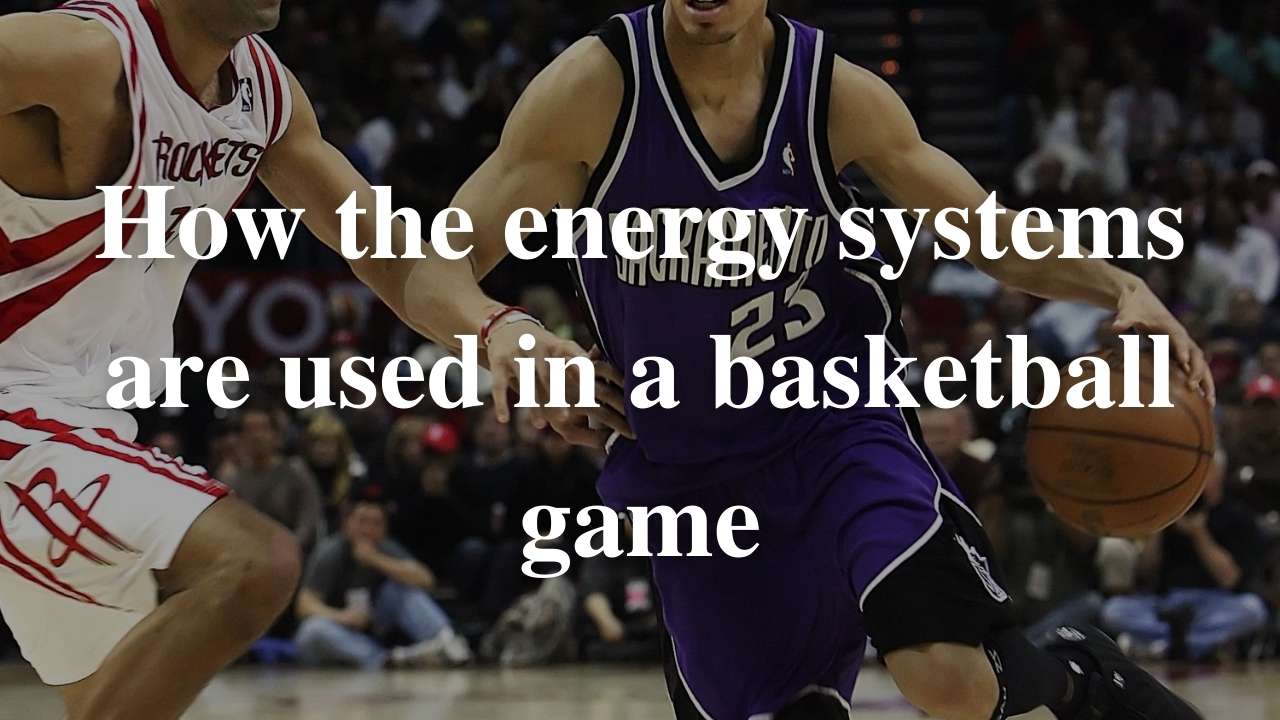Gymnastics is a great sport to be used as an example in HSC PDHPE. Gymnastics requires excellent psychological strategies, superior muscular strength, flexibility and balance along with excellent planning and focused training. Gymnastics is also full of injuries and rehabilitation.
Training
Gymnastics requires long term focused periodisation training that is sectioned into its various phases and subphases. Training for gymnastics focuses on developing muscular strength, muscular endurance, balance, flexibility and coordination. In fact some of the more basic movements of floor routines are being utilised as part of our regular training sessions. Activities such as planks, push-ups, forward rolls, dips, splits, pull-ups and hand-stands are all great to develop strength, muscular endurance and flexibility. The focus of training in gymnastics is the anaerobic energy systems, particularly the alactacid system for the shorter performances, while the lactic acid energy system becomes the focus in the longer performances. The high intensities of the performances and short duration means the aerobic system is very much a recovery system more than a provider of ATP.
Periodisation
Gymnastics is not a sport with major competitions each week. Instead major performances occur on a more annual or 6 monthly timeline. This requires good planning and periodisation of training to ensure the gymnast peaks at the required times. It also means there is a much larger pre-season, while the in-season or competition phase is much smaller than sports like football or rugby league. A gymnast will need to peak for national competitions, world titles and the Olympic Games. Poorly timed training can result in poorer performance and in a sport where 0.1 of a point can make a large difference there is no room for poor preparation.
Psychology
Gymnastics, like many sports requires great focus and psychological strategies that enable the gymnast to get in the zone can make a great difference in performance. This is particularly the case in gymnastics as every performance has great pressure applied, unlike many other sports like ice-hockey or galic football. Each performance in gymnastics requires preparation time. During this time gymnasts are often seen taking deep breaths and visualising their performance routine. Nerves are calmed and then the performance begins.
Rehabilitation
Gymnastics is known as a harsh sport that produces plenty of injuries. Falls from apparatus and broken bones can be found with ease on YouTube and the recovery process is never quick and easy. It is vital to ensure the athlete is ready to return, comparing pre and post injury fitness measurements and ensuring movement is pain free through the entire range of motion. If this is not achieved then reinjury is more likely and almost garaunteed to happen in gymnastics given the power, strength and flexibility required in gymnastics.
Gymnastics is a great sport to use as an example throughout each aspect of HSC PDHPE.






